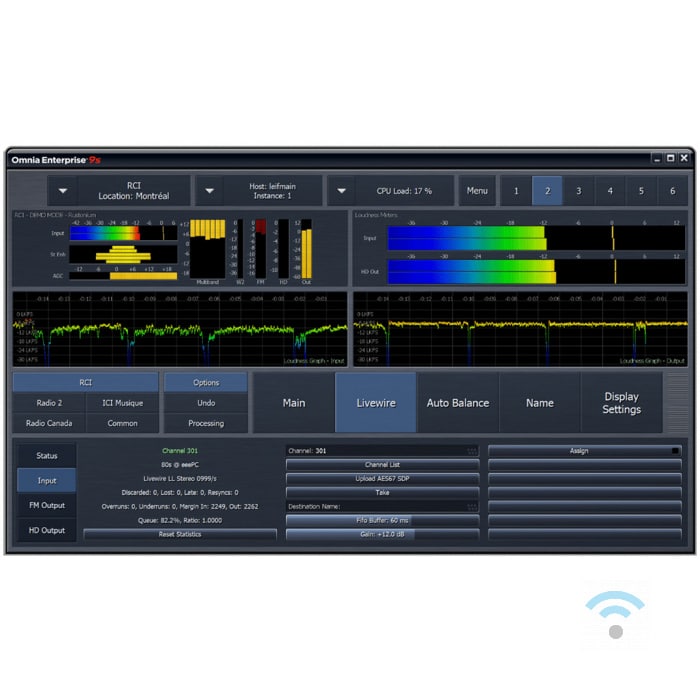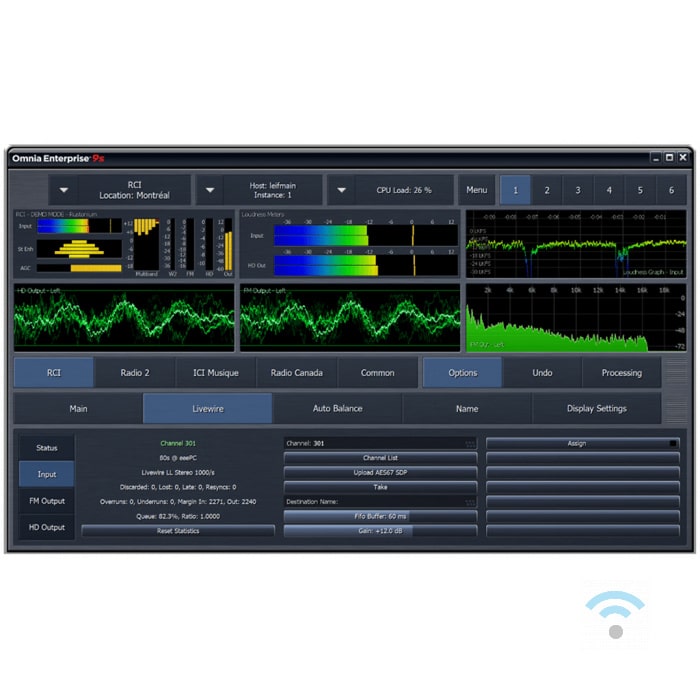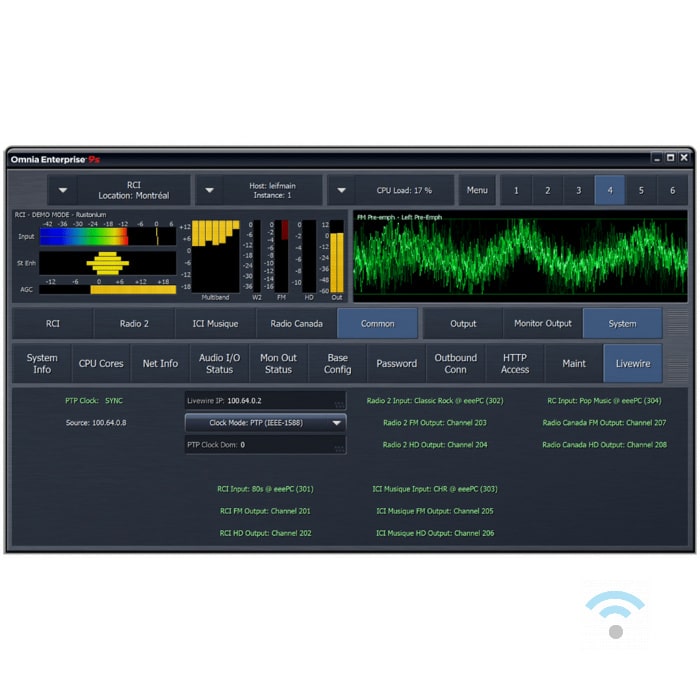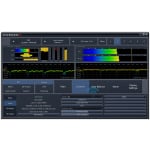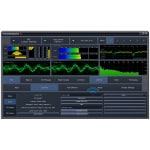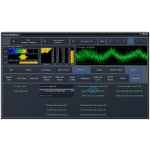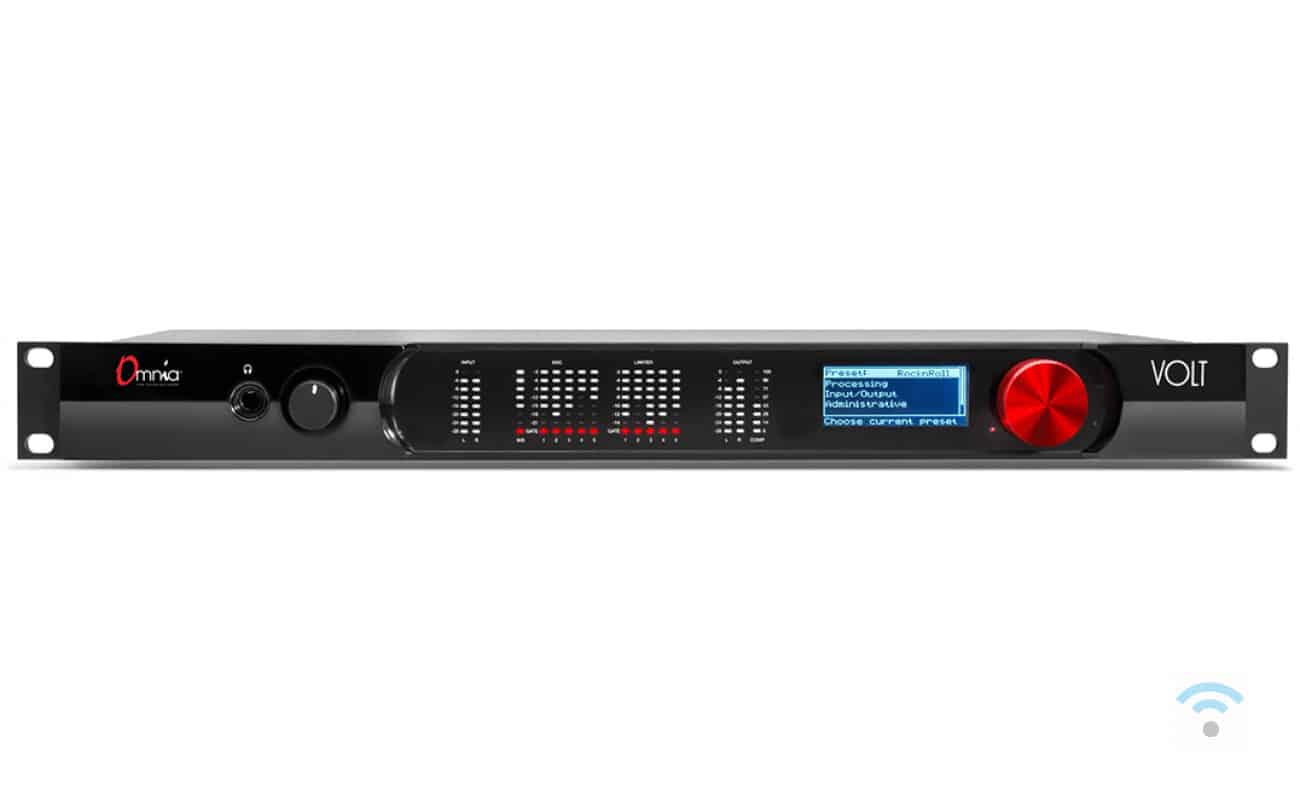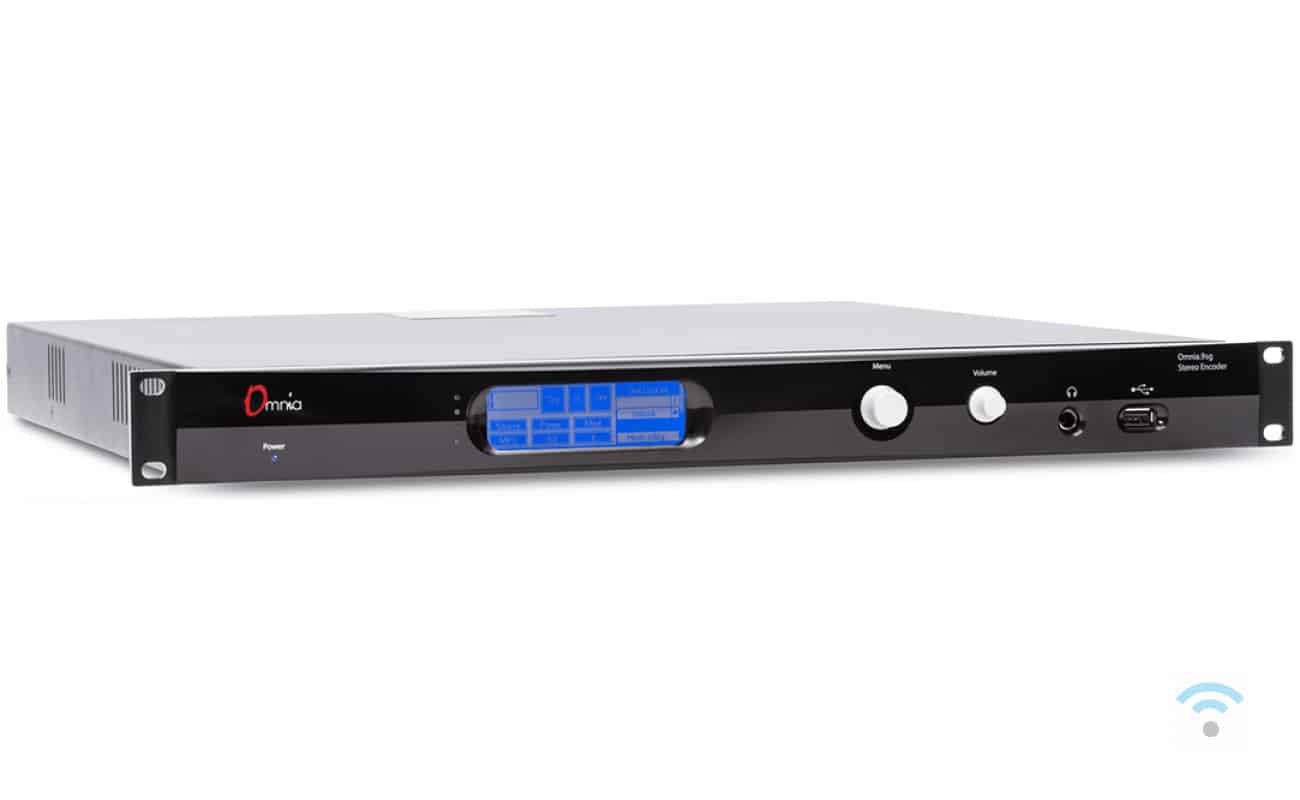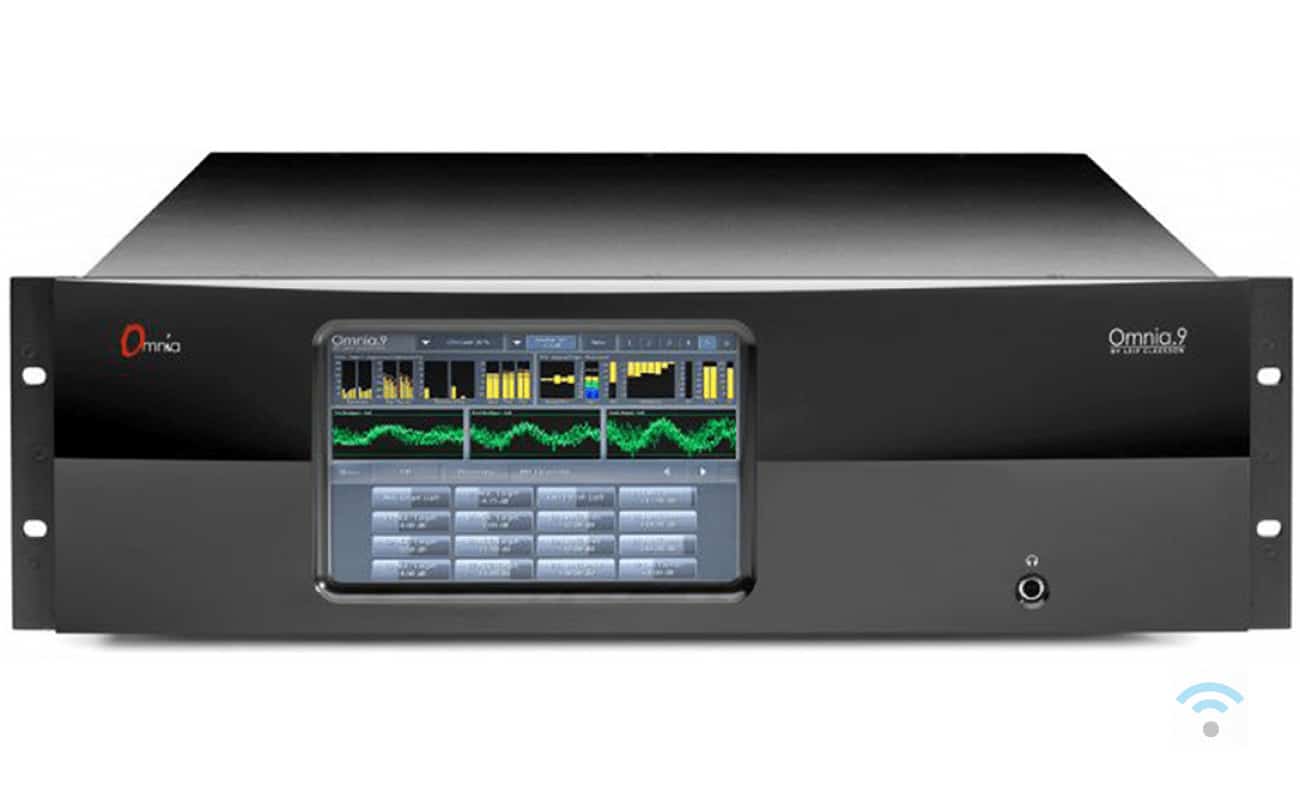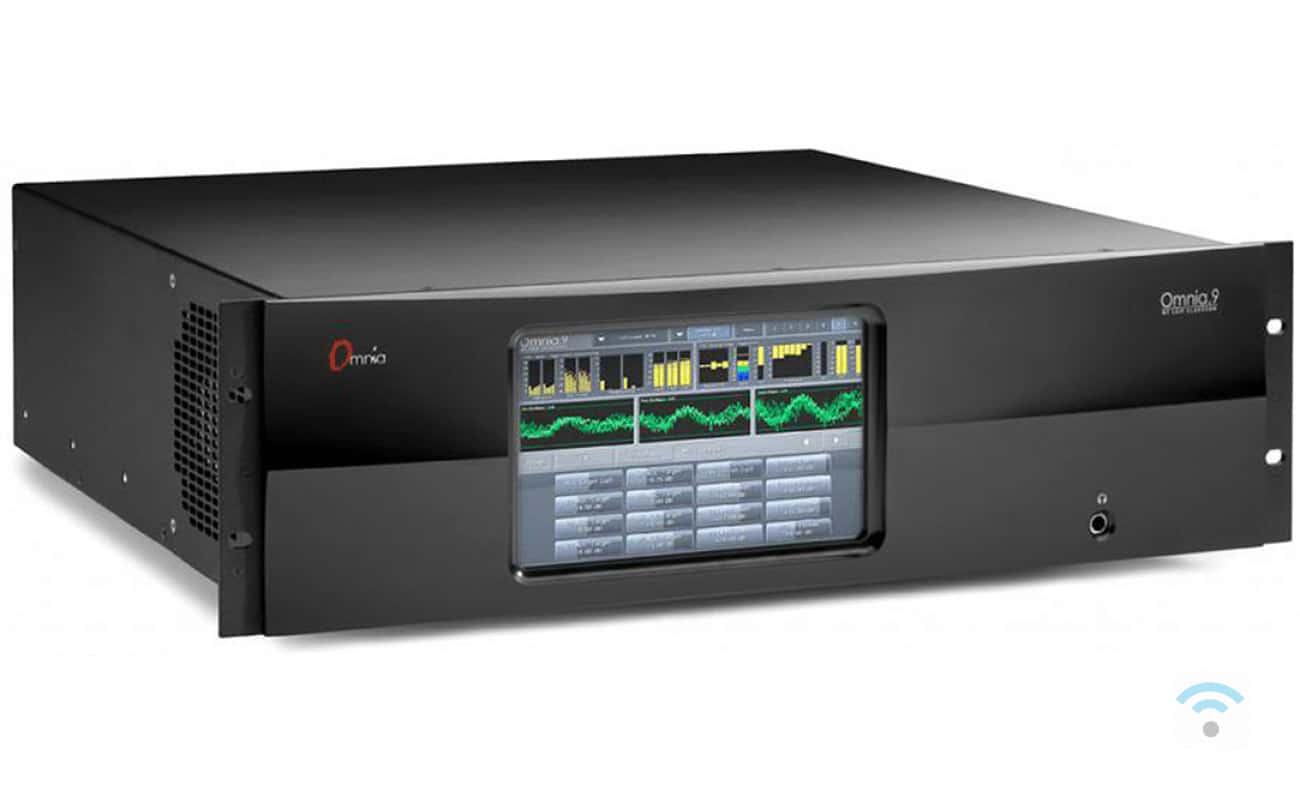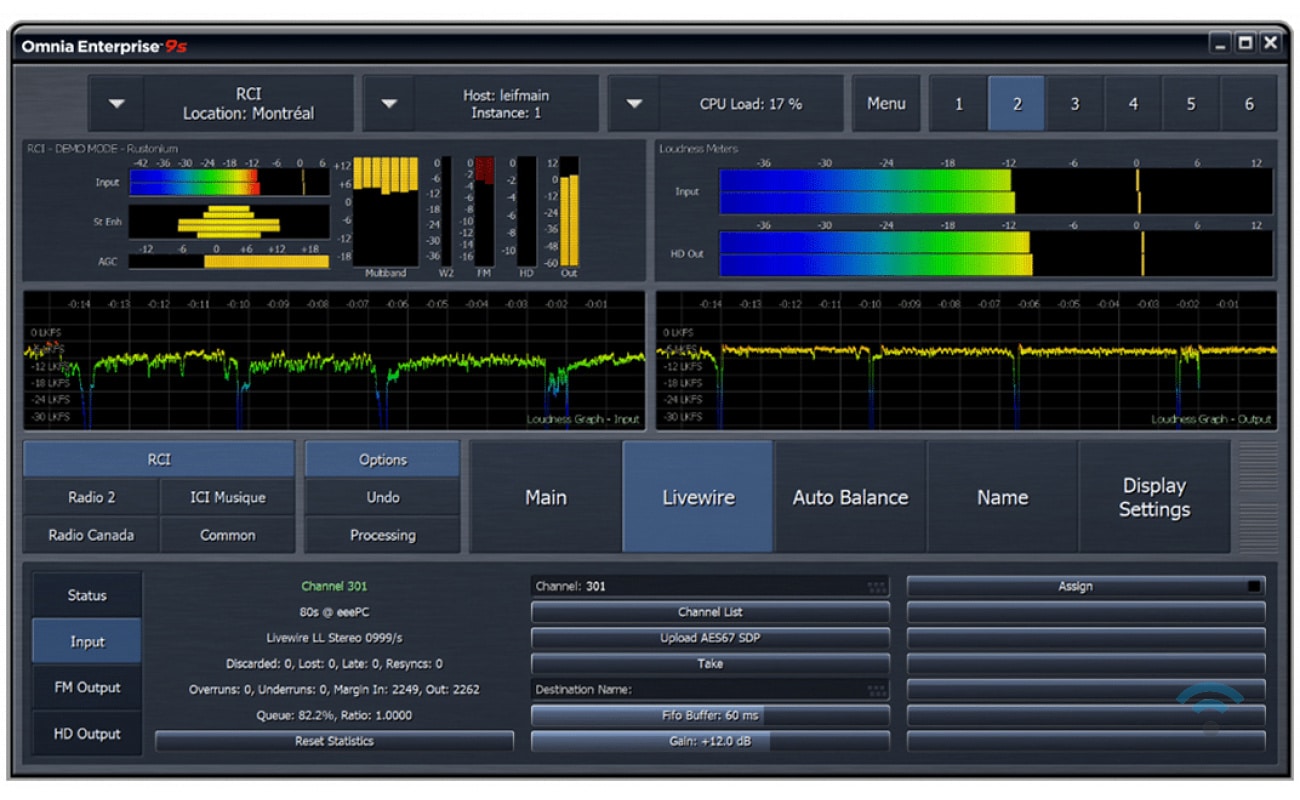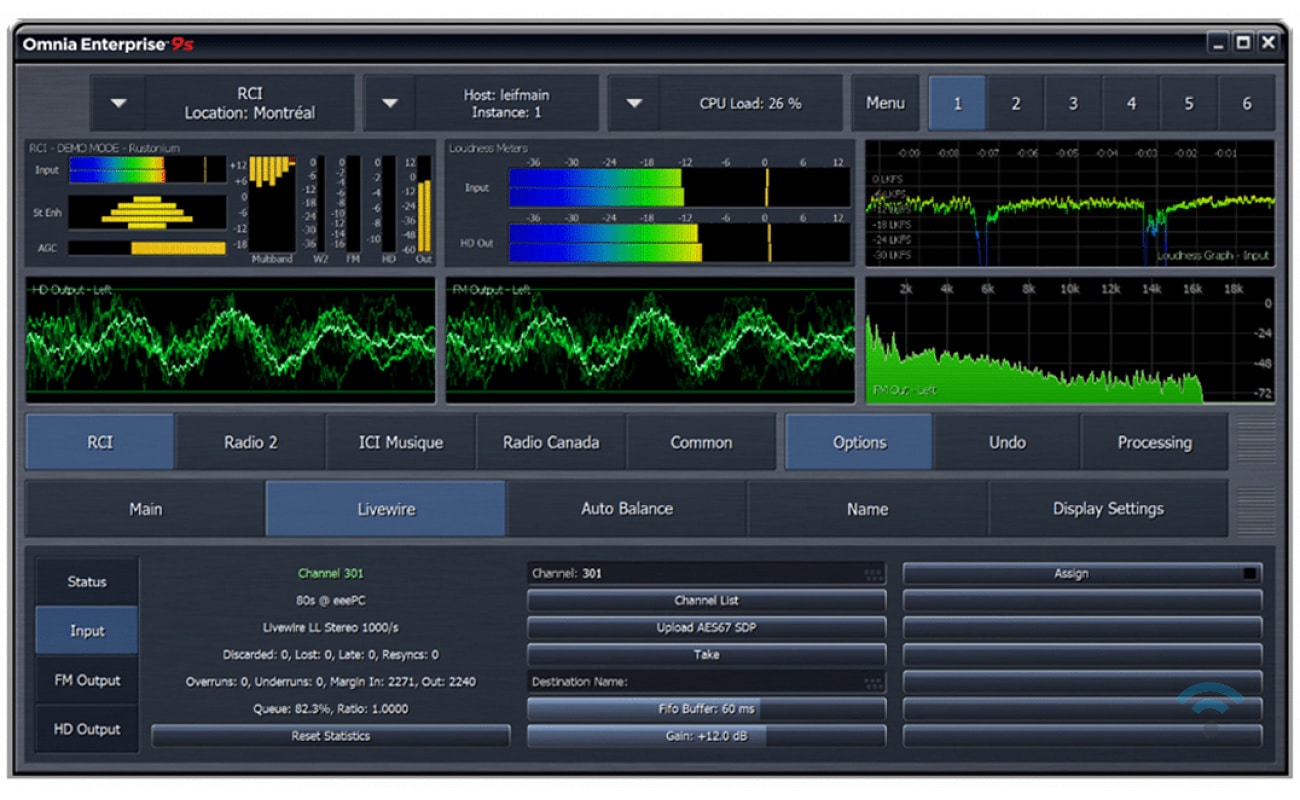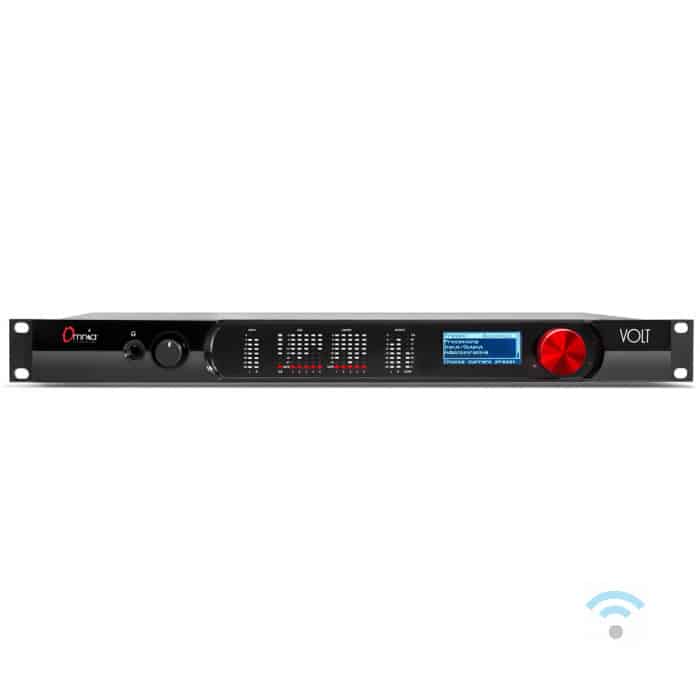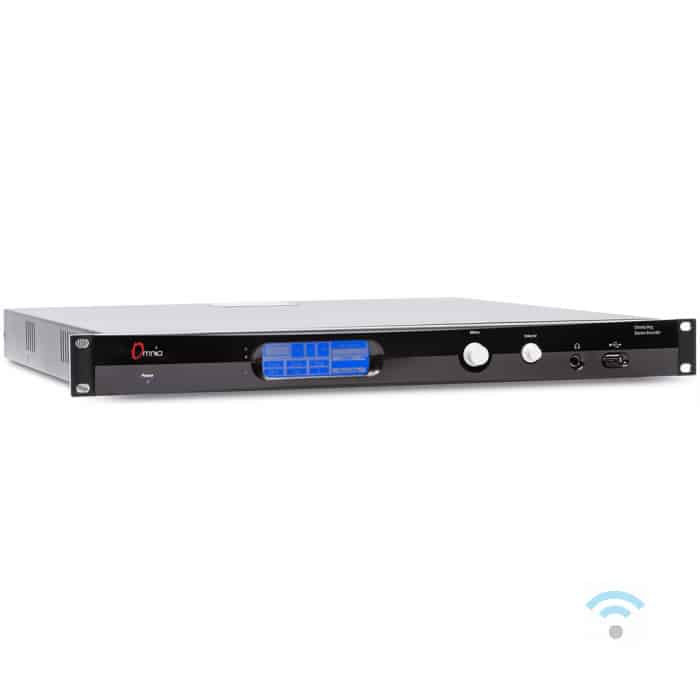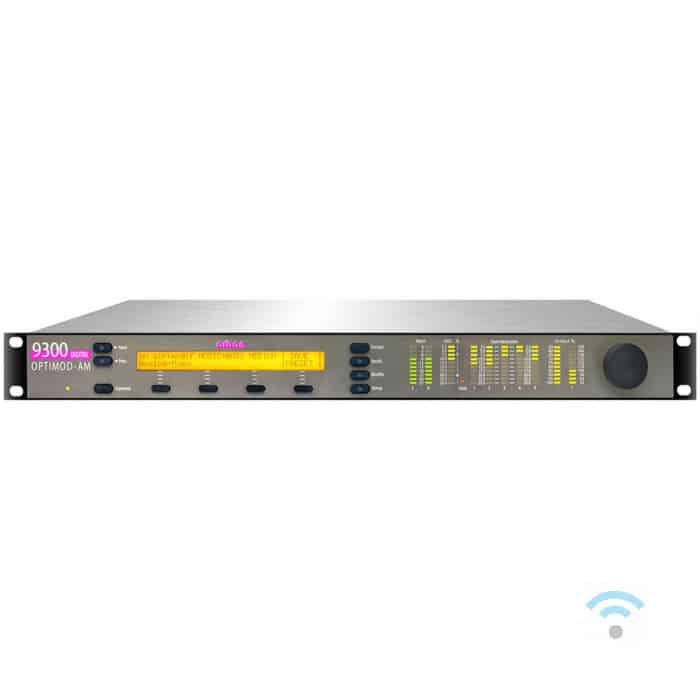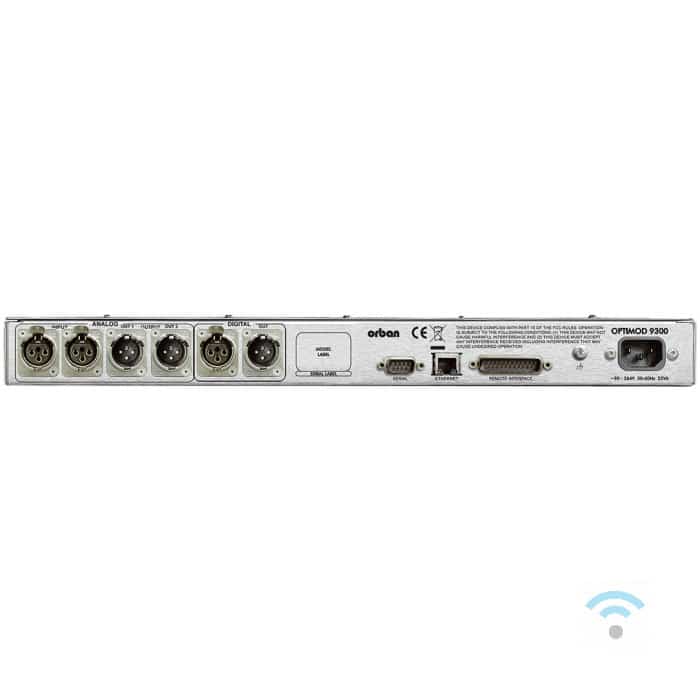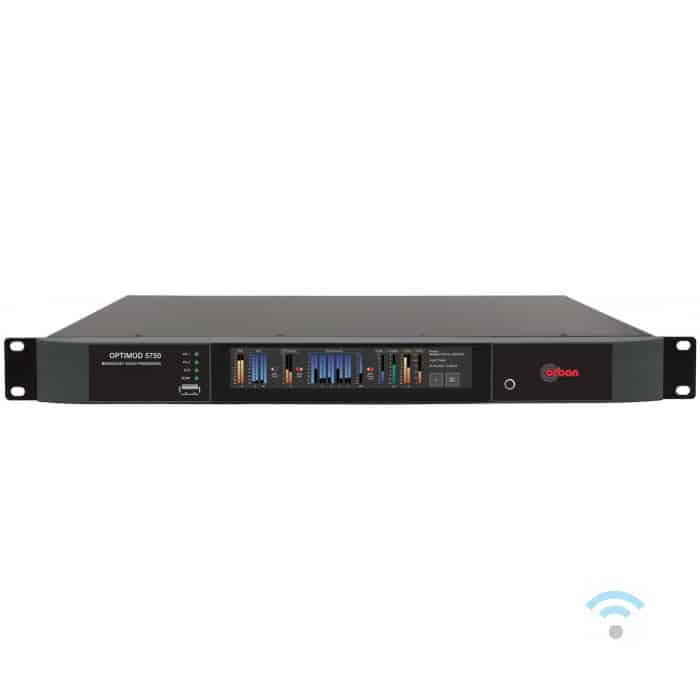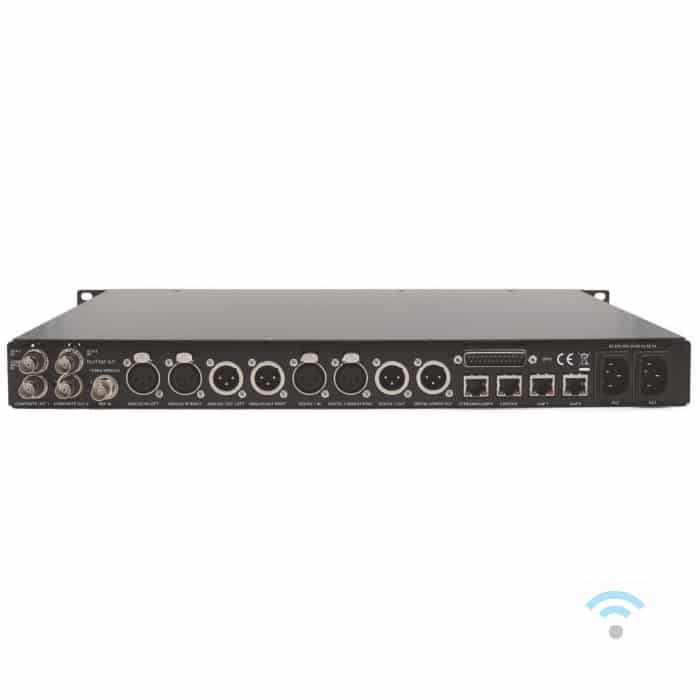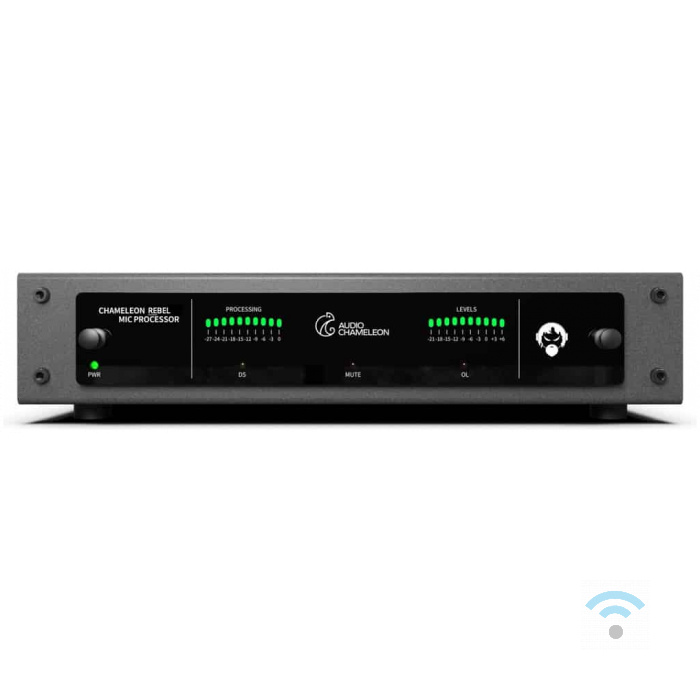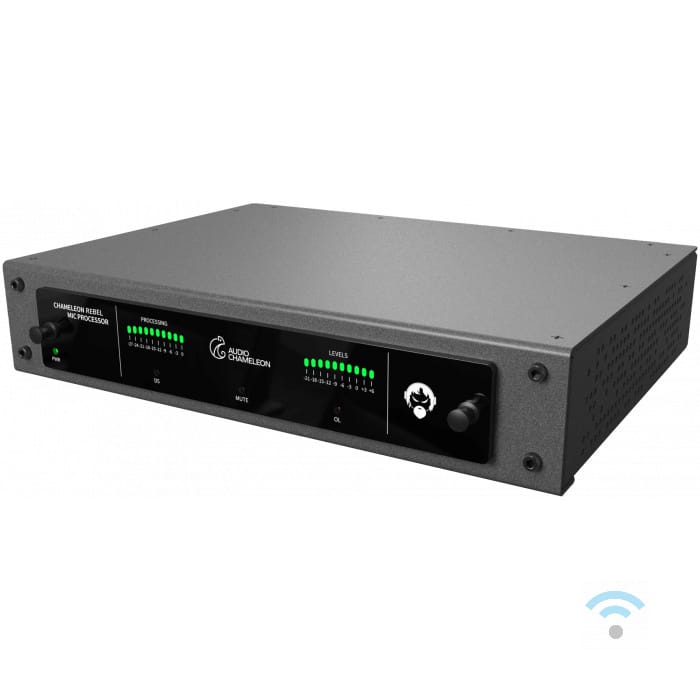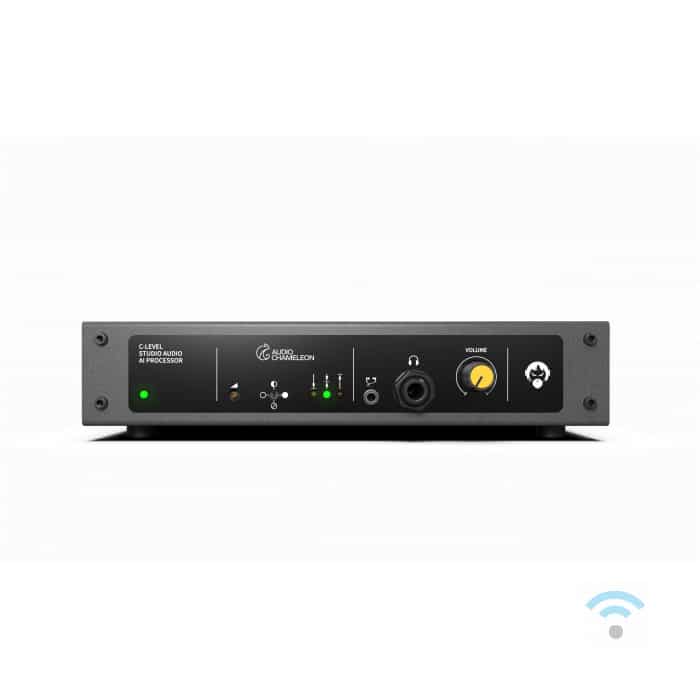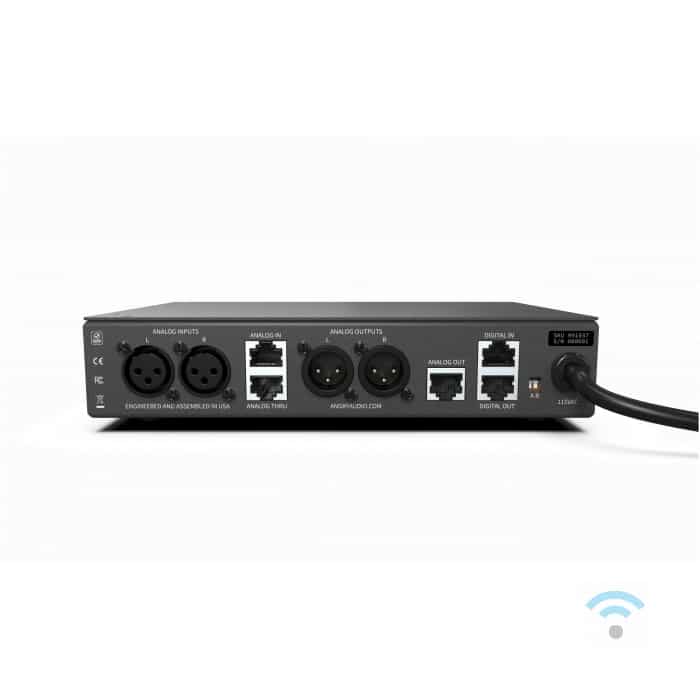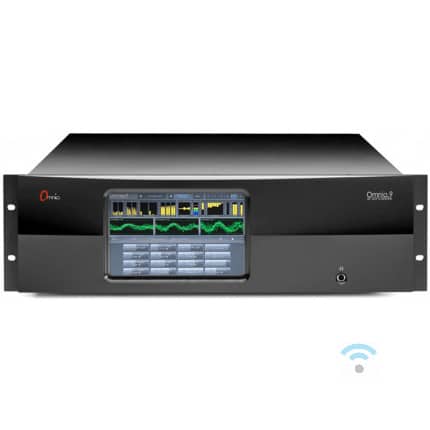
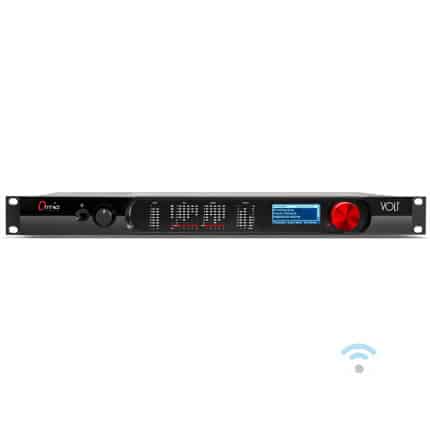
Omnia Enterprise 9s High-Density Virtual Audio Processing Software Overview
Meet Omnia Enterprise 9s, the high-density audio processing software solution designed with the flexibility to meet the rapidly changing infrastructure needs of broadcasters as they transition to virtualized environments. 9s is a custom solution for high-density server-based (virtual) systems for customers with a high volume of signals to process. Talk to our sales team to design your 9s solution based on your specific needs.
Scalable, adaptable, centralized
9s combines product modules in a new and unique way to deliver the software-only, high-density solution that today’s broadcasters need. Each system can be customized to your needs, allowing you to make changes as your requirements change. 9s, for example, can be programmed for FM and streaming, giving you the flexibility to quickly add special channels. For example, as you add more streaming channels to your network, 9s adapts to your needs.
Centralize your processing using 9s to the head and send L/R audio to any transmitter location or the full composite signal to the transmitter using the new Omnia MPX node.
Virtualized audio processing
Each stereo program is processed by its own unique processing engine, allowing each program to be uniquely tailored to the program material, audience and delivery method. A variety of factory presets are included and can be used as-is or serve as starting points for custom user presets.
The “Basic” adjustment mode greatly simplifies dialing in the desired sound by combining multiple processing parameters with a handful of controls. For cases where it is necessary to access every available individual control, “Intermediate” and “Expert” modes are available.
Undoing
– Our unique method of processing audio that has been cut and/or dynamically compressed during the mastering process, as is the case with most music recorded in the last 20 years. Undo is a two-stage process that consists of a declipper that reconstructs audio peaks (removing the resulting distortion in the original content) and a multiband expander that adds dynamic range to highly compressed material.
Phase Processing
– Includes an adjustable phase rotator to eliminate distortion in asymmetrical voices and a phase scrambler to minimize distortion on certain instruments with strong odd-order harmonics.
Final Limiter
– A two-band “brick wall” forward-looking limiter for precise peak control.
Downward Expanders
– Fully adjustable multiband expanders help minimize noise in recorded audio sources or via microphone in noisy studio environments.
Input AGC
– The first processing amplification stage, usually used to compensate for different input levels of the board or automation system. Features a sidechain control EQ circuit to make the AGC more / less sensitive to certain frequencies, useful for ensuring that strong bass or dynamic female vocals do not cause “hole punching” artifacts in the processed audio.
Wideband AGC 1/2/3.
– Additional wideband compressors that can be “stacked” on top of the Input AGC for additional gain control, located after the multiband processing stage or used as dedicated bass compressors to adjust bass texture.
Parametric EQ.
– Six bands of fully adjustable equalization to adjust the EQ curve before the multiband AGC stage.
Stereo Enhancer
– A multiband enhancer that can fully manage the stereo image by widening material with less L-R content and narrowing material that has more, providing a highly customizable and consistent stereo image regardless of the original content.
Multiband AGC/Limiters.
– User selectable between two and seven bands to provide an output that is spectrally more faithful to the input audio or extremely consistent spectrally regardless of input. A special peak limiter rides on top of each AGC tire.
Band Mix
– The last way to adjust the spectral balance for the final peak limiters, further adjusting the sound.
| Brand |
Omnia |
|---|

Omnia is a brand of The Telos Alliance, an audio technology development company.
Omnia products are known for their high quality and excellent performance.
The Telos Alliance strives to set the standard for audio products by bringing the most innovative and user-friendly solutions to market.


Shipping
At Aircast, we strive to make your shopping experience as smooth and hassle-free as possible. Here you will find important information regarding the shipment of your order.
Opportunities
- Standard Shipping: Suitable for less urgent orders.
- Express shipping: For when you need your order quickly.
- Special Shipping: Please contact our customer service department for custom solutions.
Check the shipping costs for your order during checkout to avoid surprises. We provide you with tracking information* so you can closely follow your order.
Do you have any questions or special requests regarding shipping? Our customer service team is ready to assist you.
*If available
Frequently asked questions:
Yes, we ship equipment via shipping to various locations worldwide.
Although we have some stock of many equipment, we recommend asking for the exact delivery time in advance to avoid disappointment.
Yes, it is possible to pick up ordered products by appointment.
Yes, we offer maintenance and repair services for broadcast equipment and studio equipment. Our team of technicians can help you solve technical problems and perform regular maintenance to extend the life of your equipment.
Yes, sometimes we offer beautiful used products or showroom models at very attractive prices. Keep an eye on our website and social media for these special offers.
Absolutely! We offer comprehensive post-purchase technical support. Our team is ready to answer your questions, solve technical problems and guide you through the use of the equipment.
Yes, Aircast Media Solutions delivers worldwide.
We offer several secure and convenient payment methods, including credit cards, debit cards and electronic payment systems such as Bancontact, Ideal, Credit and Debit Cards and Apple Pay.
At Aircast Media Solutions, we strive for the satisfaction of our customers. If you are not satisfied with your purchase, you can return the product within a certain period of time.
See our returns page for more information: [LINK->RETOUR]
We regularly offer special deals and discounts, including opportunities for the self-employed and businesses. Keep an eye on our website and newsletters for any discount offers.


